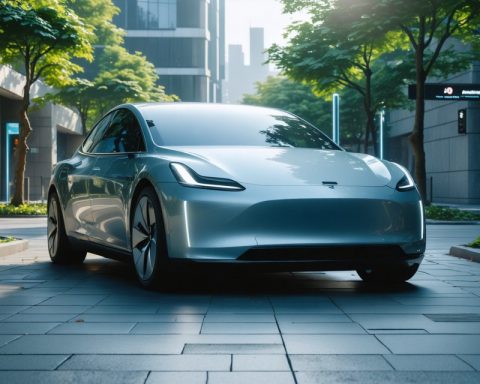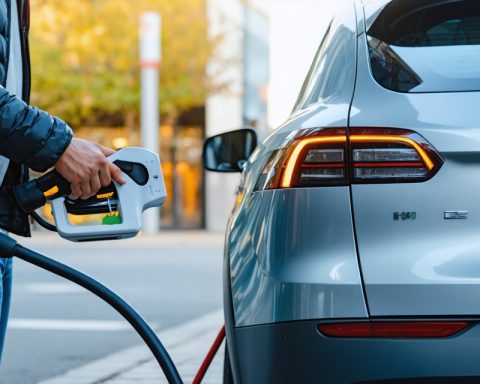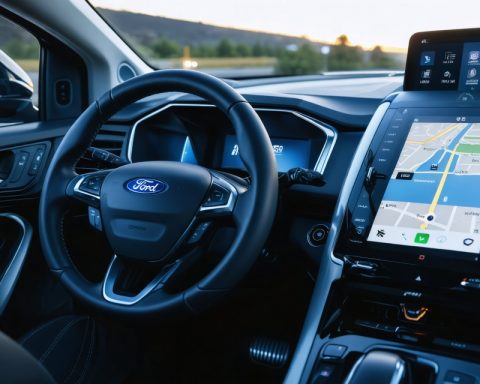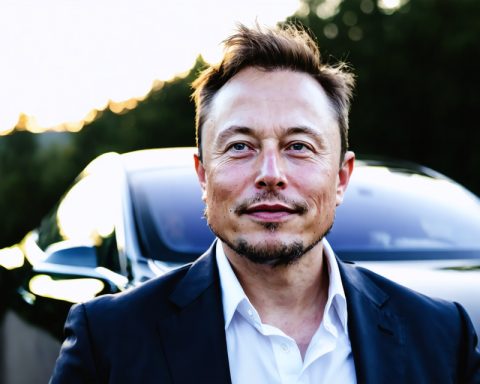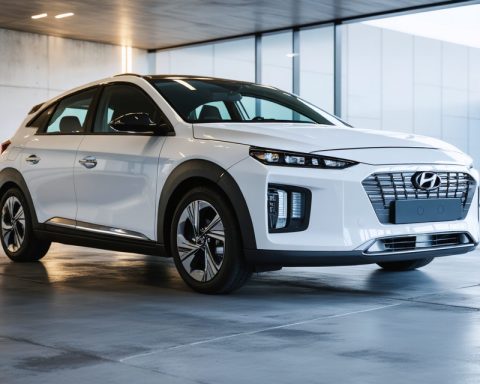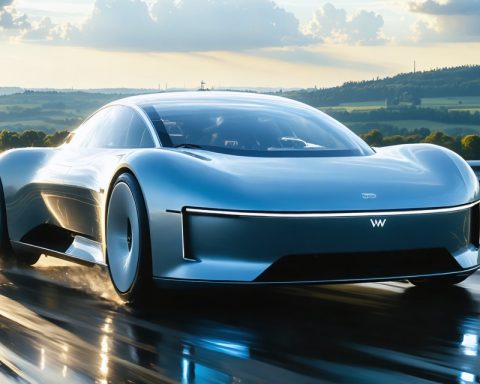- As of October 1, electric vehicles in Arizona lose access to HOV lanes without passenger requirements, ending a long-standing privilege.
- This change affects all alternative fuel vehicles, now needing at least two occupants for HOV lane access during peak hours.
- For nearly two decades, the policy prioritized eco-friendly vehicles to reduce greenhouse gas emissions.
- The change reflects a broader debate on balancing environmental incentives and traffic management amid urban congestion.
- Potential policy amendments or new legislation from Congress could restore the privilege for alternative fuel vehicles.
- Drivers and policymakers face the challenge of promoting sustainability while maintaining efficient transportation networks.
- The decision is part of a larger national conversation about navigating innovation and collective environmental responsibility.
For Arizona’s electric vehicle enthusiasts, the highways have long offered a blissful perk: unrestricted access to the High Occupancy Vehicle (HOV) lanes. But as the blistering summer sun sets on September 30, so too will this privilege expire, marking a significant shift in the landscape of Arizona’s bustling motorways.
For nearly two decades, a federal code opened the fast-lane doors to alternative fuel vehicles—those quiet, pollution-cutters powered by electricity, gleaming with futuristic hydrogen cells, or fueled by the humble glow of solar arrays. The initiative was always a step towards a brighter, greener future, envisioned to cut down stubborn greenhouse gas emissions that cloud our horizon.
Yet, this provision, it seems, drives toward the end of its journey. On October 1, all vehicles, regardless of their innovative engines, must carry at least two souls to glide into the HOV lanes during peak hours. This transformation strips away the current of privilege running through the veins of EV drivers, placing them side-by-side with their gasoline-guzzling counterparts.
Arizona’s decision reflects a growing national conversation about balancing environmental incentives with traffic management on congested urban arteries. While Congress holds the power to reignite this now-dimming perk with an extension or fresh legislation, the silence looms on Capitol Hill. It’s a silence that many hope will be broken with clarity and action, lighting the road ahead for clean energy supporters.
As drivers anticipate this change, the broader question emerges: how does society fuel progress towards sustainability while ensuring efficient transportation networks? The desert highways of Arizona, where the cacti bear witness to the ebb and flow of technological tides, await this next chapter with bated breath.
For those behind the wheel of alternative fuel vehicles, this is a bittersweet moment. The road remains a symbol of possibility—a relentless reminder of the challenge we all face: accelerate toward innovation without losing momentum on the journey toward collective environmental responsibility.
End of HOV Lane Access for Electric Vehicles: What Now for Arizona Drivers?
Overview
Arizona’s decision to revoke electric vehicles’ (EVs) special access to High Occupancy Vehicle (HOV) lanes marks a pivotal moment in the state’s transportation policy. For nearly two decades, this policy aimed to promote cleaner transportation options by giving EVs a fast-track pass on busy freeways. However, starting October 1, this perk will terminate, requiring all vehicles, regardless of their fuel source, to carry at least two occupants to use HOV lanes during peak hours.
Real-World Implications and Trends
Balancing Congestion and Sustainability:
The decision reflects a broader trend across the U.S. to balance environmental incentives with the growing challenge of traffic congestion. Cities like Los Angeles and New York have revisited similar incentives as urban congestion grows more chronic. This suggests a national reassessment of how HOV lane privileges are granted to promote sustainability effectively without exacerbating traffic issues.
Market Forecast for Electric Vehicles:
Despite policy changes, the national and global EV market continues to grow rapidly. By 2030, the International Energy Agency projects that EVs could represent 30% of global car sales. In Arizona, this growth could lead to increased pressure on public infrastructure and utilities to support larger numbers of EVs, influencing future legislative decisions [Source: International Energy Agency].
FAQ: Key Questions for Readers
1. Why is Arizona revoking HOV access for EVs?
The change aims to alleviate traffic congestion on Arizona’s highways. With more EVs on the road, HOV lanes risk becoming just as congested as general-purpose lanes, reducing their intended benefit.
2. What alternative incentives exist for EV owners?
EV owners can still benefit from federal and state tax credits, reduced registration fees, and utility rebates for home charging stations, which can help offset the cost of their vehicles.
3. Could EV owners regain HOV access in the future?
While there is currently no movement in Arizona’s legislation to reinstate these privileges, ongoing debates in Congress and future state policies could reopen these lanes to EVs, particularly if EV adoption continues to grow.
Pros & Cons of the Policy Change
Pros:
– Reduces congestion in HOV lanes, potentially speeding up traffic flow during peak hours.
– Encourages carpooling, which continues to cut emissions.
Cons:
– Removes a significant incentive for purchasing EVs, which might slow down the state’s transition to greener vehicle options.
Actionable Recommendations
EV Owners:
– Explore carpooling options or ride-sharing services to utilize the HOV lanes during peak hours.
– Investigate other state and federal incentives available for EV owners to offset this change.
Policymakers:
– Engage in dialogue with clean energy advocates to explore new strategies that promote both congestion management and environmental responsibility.
– Consider implementing flexible HOV lane policies that can adapt based on real-time congestion data.
Conclusion
As Arizona drivers adjust to this shift, the conversation about sustainable transportation policies continues to evolve. The state’s roads will test how efficiency and innovation can coexist without compromising progress towards a greener future.
For more information on sustainable transportation and electric vehicles, visit the official government sites or related resources like Arizona State Government.
By understanding these changes and planning accordingly, Arizona’s drivers can continue to contribute to an environmentally friendly future while navigating new transportation landscapes.


